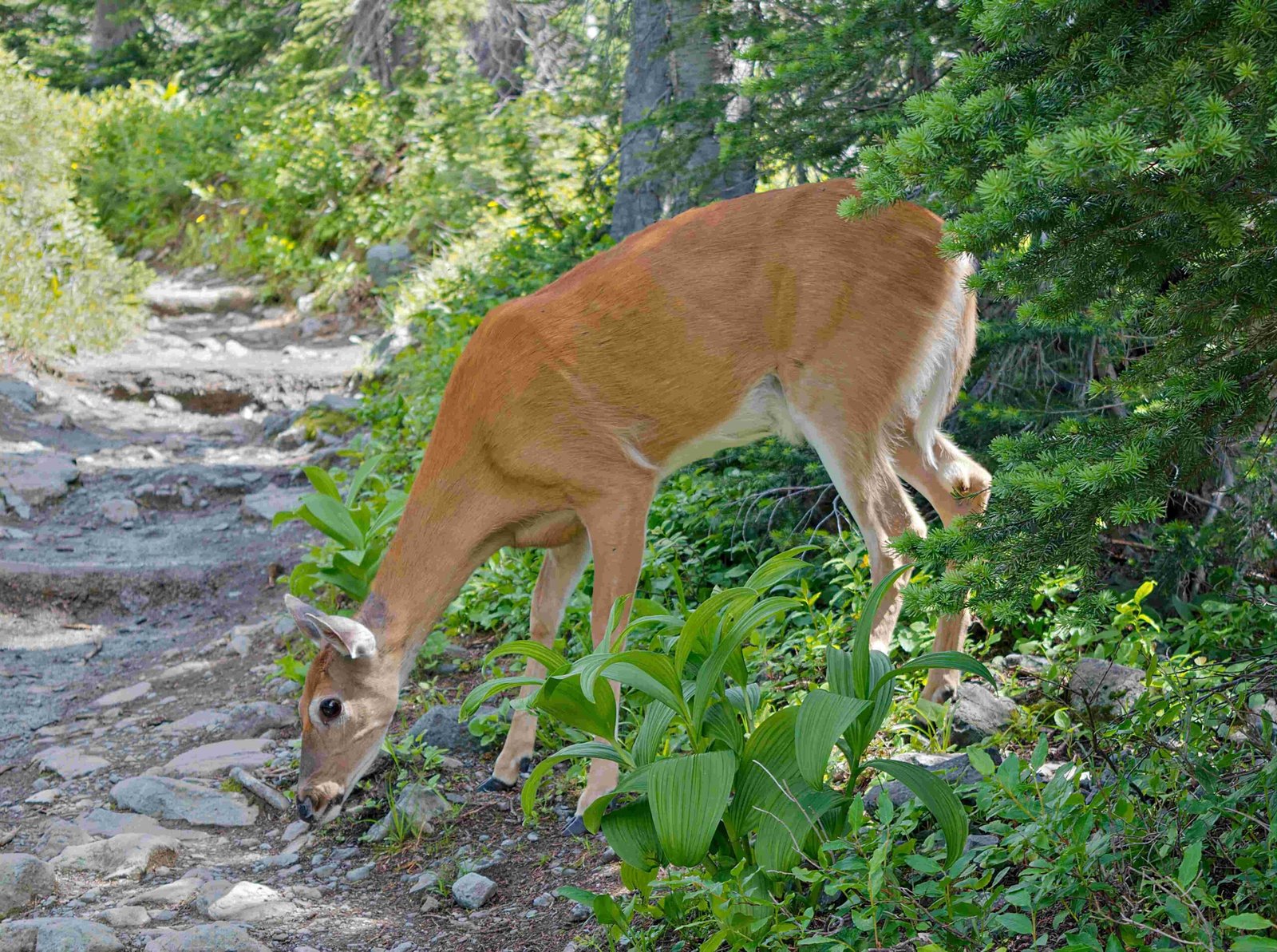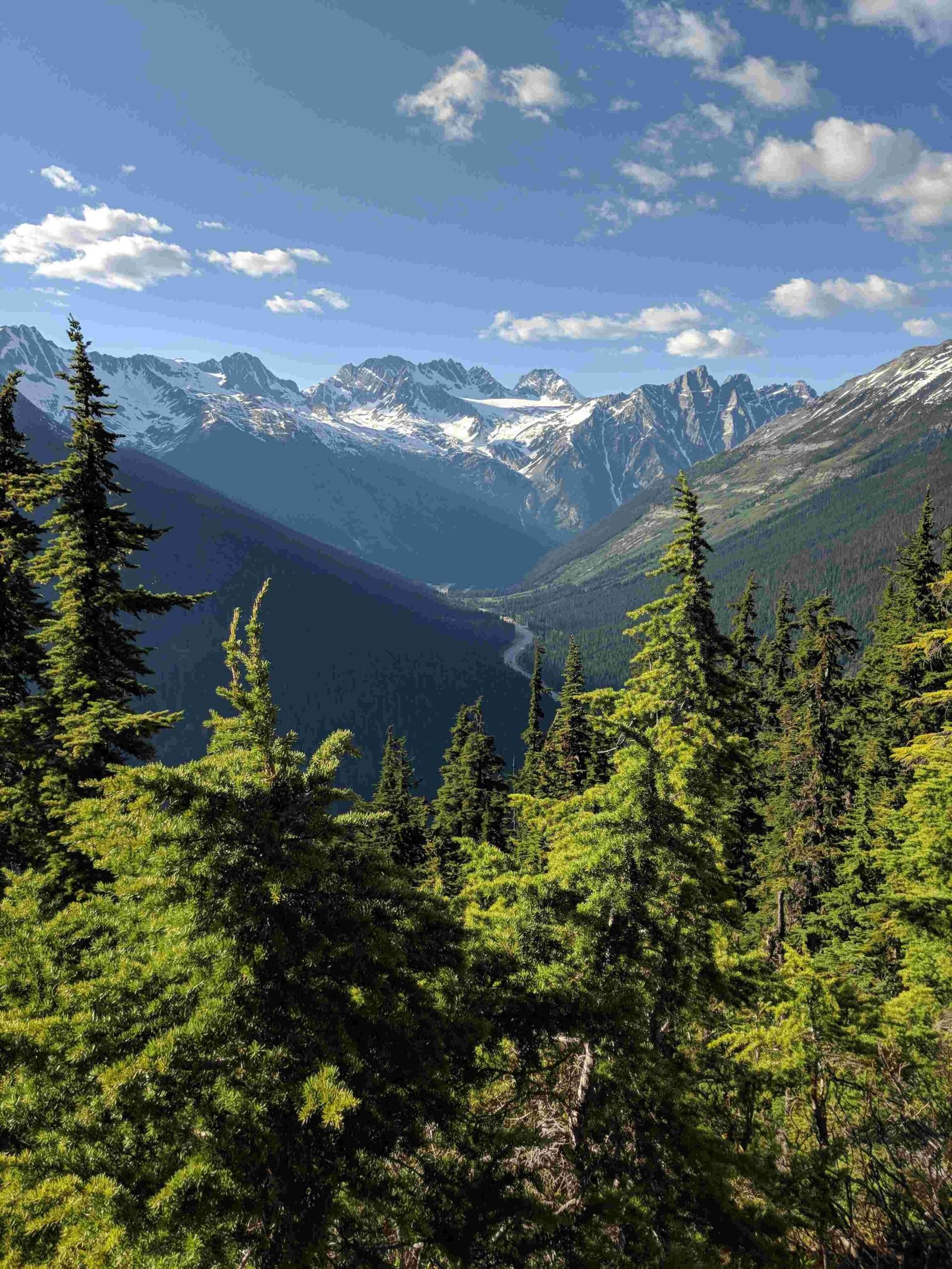Glacier National Park’s current status reflects seasonal changes and ongoing conservation efforts. As of November 2024, the park experiences cold temperatures, potential snow, and limited visitor services. Road closures and trail conditions vary due to weather. Wildlife activity and climate change impacts are notable. Visitors should check official sources for the most up-to-date information on accessibility, safety precautions, and available amenities before planning their trip to this iconic Montana wilderness.
What Are the Current Weather Conditions in Glacier National Park?

The weather in Glacier National Park plays a crucial role in shaping visitor experiences and park operations. As of November 6, 2024, the park is experiencing typical late fall conditions:
- Daytime temperatures range from 36°F to 41°F (2°C to 5°C)
- Nighttime temperatures plummet to around 0°F (-18°C)
- Snow squalls and light snow accumulation are possible
- Mostly cloudy conditions prevail throughout the week
It’s important to note that Glacier National Park is known for its highly variable and extreme weather patterns. The park’s diverse topography contributes to significant temperature differences between lower and higher elevations. For instance, Logan Pass, situated at a higher altitude, typically experiences temperatures 10 to 15°F cooler than lower-lying areas.
Weather-related Alerts and Warnings
Visitors should be aware of the following weather-related alerts:
- Prepare for rapidly changing weather conditions
- Expect cold and blustery days, especially at higher elevations
- Be ready for sudden snowfall and reduced visibility
- Pack appropriate cold-weather gear and extra layers
How Are Visitor Services Affected by the Current Season?

The current off-season status significantly impacts visitor services in Glacier National Park:
| Service | Status |
|---|---|
| Visitor Centers | Limited hours or closed |
| Information Stations | Reduced operations |
| Campgrounds | Most closed for the season |
| Lodges | Closed until spring |
| Restaurants | Limited options available |
It’s crucial for visitors to:
- Check the official park website for up-to-date information on facility openings
- Plan for self-sufficiency, as many amenities are unavailable
- Bring necessary supplies, including food and water
What Is the Current Status of Trails in Glacier National Park?
Trail conditions in Glacier National Park vary greatly during the late fall and winter months:
- Many trails are subject to seasonal closures due to snow and ice
- Higher elevation trails may be inaccessible or dangerous
- Some lower elevation trails remain open but require caution
Safety Precautions for Hikers
- Always check trail status reports before setting out
- Carry appropriate gear, including microspikes or snowshoes
- Be prepared for sudden weather changes
- Carry a map and compass, as trail markers may be obscured by snow
Are There Any Road Closures or Access Restrictions?
Road access in Glacier National Park is significantly limited during the winter months:
- Going-to-the-Sun Road: Closed to vehicular traffic beyond Lake McDonald Lodge on the west side and St. Mary on the east side
- Many secondary roads are closed due to snow accumulation
- Plowing operations typically don’t begin until spring
Alternative Access Options
- Some roads remain open for winter recreation, such as cross-country skiing and snowshoeing
- The Apgar Visitor Center area is accessible year-round, offering winter activities and information
How Is Wildlife Activity Affecting Park Operations?
Wildlife activity in Glacier National Park remains high during the late fall and winter:
- Bear activity decreases, but encounters are still possible
- Wolves and other large mammals are more visible in snow-covered areas
- Deer and elk may be present near roads and developed areas
Wildlife Safety Measures
- Maintain a safe distance from all wildlife (at least 100 yards from bears and wolves, 25 yards from other animals)
- Carry bear spray and know how to use it
- Make noise while hiking to avoid surprising animals
- Store food and scented items properly to avoid attracting wildlife
What Impact Is Climate Change Having on Glacier National Park?
Climate change continues to shape the landscape and ecosystems of Glacier National Park:
- Glaciers are receding at an accelerated rate
- Plant and animal species are shifting their ranges
- Fire seasons are becoming longer and more intense
- Weather patterns are becoming more unpredictable
Observable Changes
- Reduced snow cover in some areas
- Earlier spring melts affecting water resources
- Changes in vegetation patterns across different elevations
How Can Visitors Stay Informed About Park Conditions?
To stay up-to-date on Glacier National Park’s current status:
- Visit the official National Park Service website regularly
- Follow Glacier National Park’s social media accounts for real-time updates
- Contact park rangers at visitor centers for the most current local information
- Check local weather forecasts specific to the park area
- Subscribe to park newsletters or alerts if available
By staying informed, visitors can ensure a safe and enjoyable experience while respecting the park’s natural environment and wildlife.